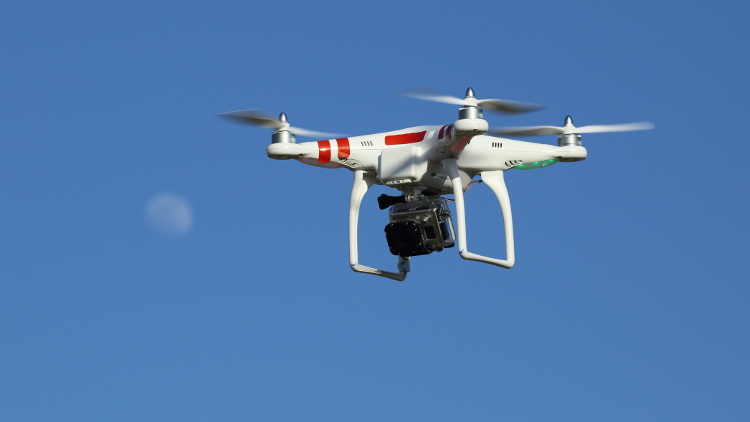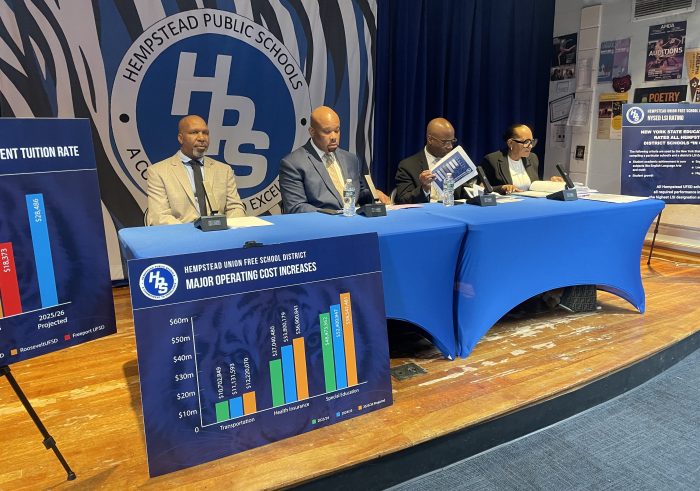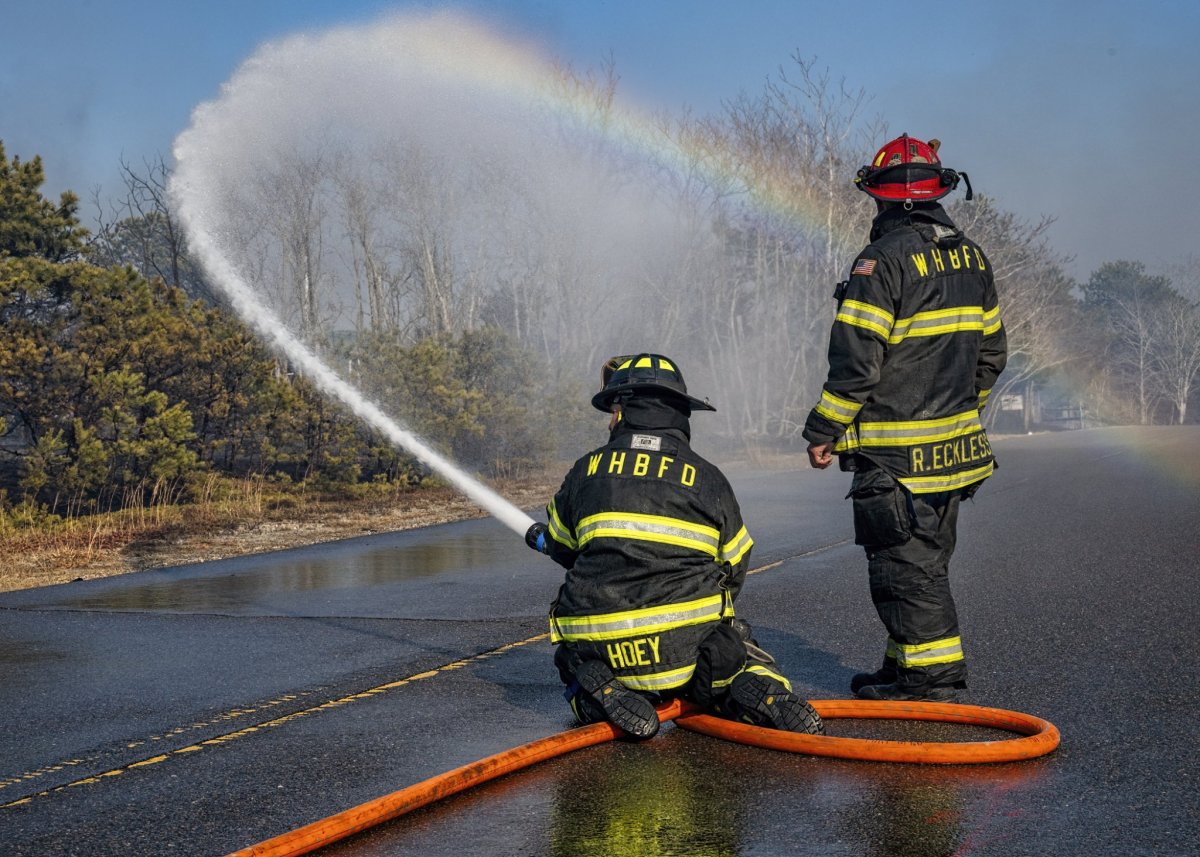By Michael F. Canders
The proliferation of unmanned aircraft systems, commonly known as “drones,” represents a clear threat to the flying public. These small aircraft can be sucked into a larger aircraft engine, strike a critical flight control surface, or break through an airliner windshield, injuring a pilot with disastrous results for the passengers and crew.
The Federal Aviation Administration (FAA) has been struggling mightily to safely integrate these systems into our complex National Airspace System, but the tidal wave of these low-cost unmanned flying machines may be too great for them to prevent the first airline crash caused by colliding with a drone. More public education and increased awareness of the threat are essential to prevent such an aviation catastrophe.
In its 2016 Aerospace Forecast, the FAA predicted that drone sales in the U.S. will climb from 4.8 million units in 2017 to 7 million in 2020, and those figures will probably climb well into the next decade. Continuing rapid advances in computer processing power, electronics miniaturization and battery life have driven drone prices lower and these very sophisticated machines are now more affordable than ever.
As more people have begun flying these vehicles in the national airspace there have been some close calls. Reports of drone sightings by pilots to FAA air traffic facilities in 2016 continued to increase from previous years. There were 1,274 such reports from February through September last year, compared with 874 for the same period in 2015. This equates to about 160 per month or five a day.
Here on Long Island, Farmingdale State College aircrafts have had five close encounters with drones in the past year, including one that occurred at 4,000 feet, and all were reported to the FAA. Four thousand feet is significant because these machines are limited to an altitude of 400 feet by the latest FAA regulations.
Last year, the FAA introduced new regulations, which specified the altitude restrictions and the rules regarding commercial use of these machines. Under these laws, you can get a Drone or Remote Pilot license without ever touching or even controlling one of these machines. Simply take a knowledge exam about safe flying and airspace restrictions, and if you pass with a score of 70 percent, you will receive a Remote Pilot certificate, renewable every two years by taking the exam again.
The required knowledge for remote pilots is very similar to that required for manned aircraft pilots who must take formal instruction, typically given by a Certified Flight Instructor. After this documented training is complete, the flight instructor will endorse the student in writing to take the exam. Not so for remote pilots: prepare in any fashion you desire, including self-study, and you may take the test, which typically includes a $150 fee.
Prep courses are on the rise with online and classroom options available. Training courses have sprung up nationwide, and there are no FAA requirements to provide this training, so students should be careful in their selection. In the center of the “cradle of aviation” here on Long Island, Farmingdale State College, a long-established provider of manned aircraft flight training, has just announced its inaugural Small Unmanned Aircraft Systems course. The course, which begins April 15, is designed for those who want to operate a drone for commercial reasons in this very busy New York airspace. It is essential that drone flyers become familiar with U.S. airspace and take great care not to fly near an airport, such as JFK, LaGuardia, MacArthur or Republic or in other locations that may pose a collision hazard with a manned aircraft.
The sheer numbers of drones being sold, however, suggest that some flyers may not take the time to train and prepare to fly safely. Aside from increased public awareness of the potential dangers, there is very little preventing a purchaser from simply opening the packaging and flying their new drone immediately.
Non-drone flyers should also be aware of the increased risks they face as members of the flying public. Federal Aviation regulations prohibit flights of unmanned aircraft systems within five miles of an airport, but sightings by airline pilots at busy airports indicate that some drone flyers are ignorant of the law or simply don’t care. The five-mile rule is imposed to prevent collisions during the most critical phases of any manned flight: takeoff and landing. At low altitudes and slower airspeeds associated with these flight profiles, pilots have less time and fewer options to see and avoid these small and potentially deadly hazards. They are doing their best to report these events to the FAA, which, in turn, does its best to work with law enforcement agencies to catch the perpetrators. But most of the violators have not been caught.
So what to do? Let’s adopt the post-9/11 rallying cry of “See Something, Say Something” whenever we see these drone activities near an airport. Many of these systems require the operator to be within line-of-sight of the device, typically with a control console from which they fly the drone. Observers of these dangerous activities near airports should immediately report them to the FAA or local law enforcement so that the violators can be caught and punished. Large fines and/or jail time are in order to provide an effective deterrent, but the most critical element of successful deterrence may be our willingness to accept this responsibility as good citizens. These acts are typically observable, since a drone operator will prepare it for flight and maintain visual contact with it while it’s in the air.
Now it is time for the federal government to aggressively stage a “See Something, Say Something” campaign, and encourage observers of illegal drone activity to call the FAA safety hotline: 866-835-5322. It is often said in aviation that laws, rules, regulations, and procedures are “written in blood,” meaning that stronger action is taken only after a catastrophe. Let’s do all we can so we can prevent a catastrophe, which could come at any time with the rapid rise of these drone hazards.
Michael F. Canders, PhD, is a decorated combat veteran, an FAA-certified airline transport pilot (ATP), and a remote (drone) pilot and airplane multi-engine flight instructor (MEI) and director of the Aviation Center at Farmingdale State College (SUNY). Among his many achievements, he served as a technical consultant and flew in the film, “The Perfect Storm.”
































